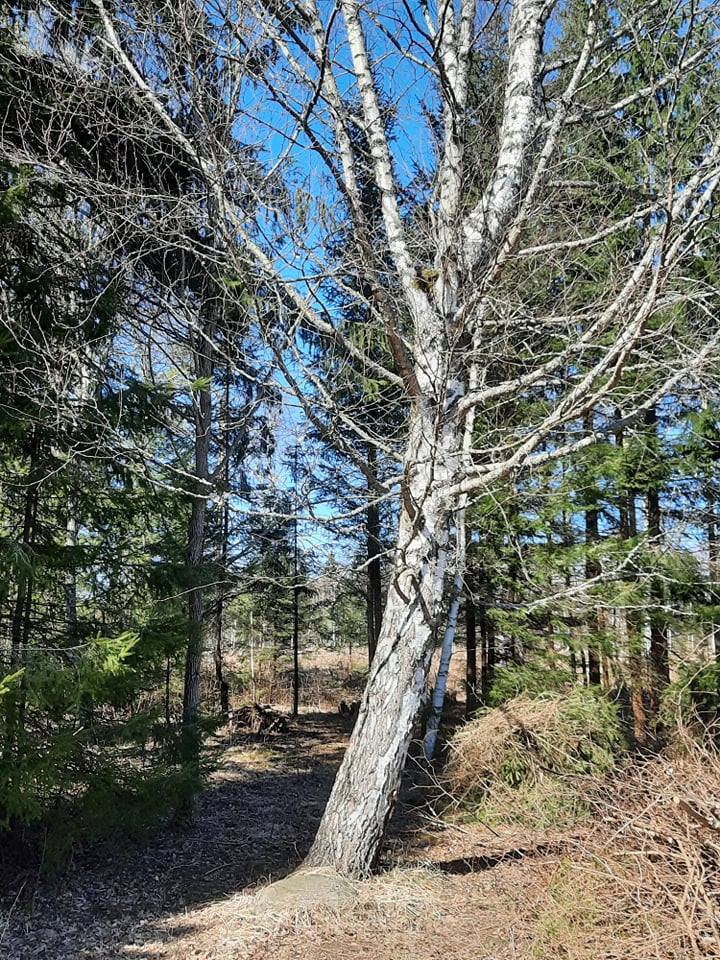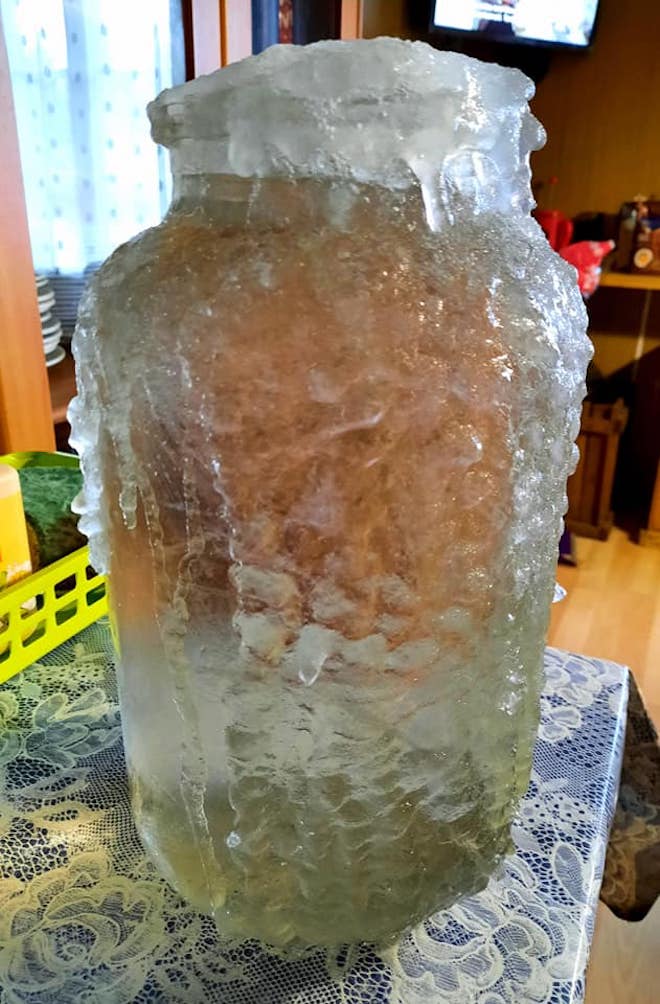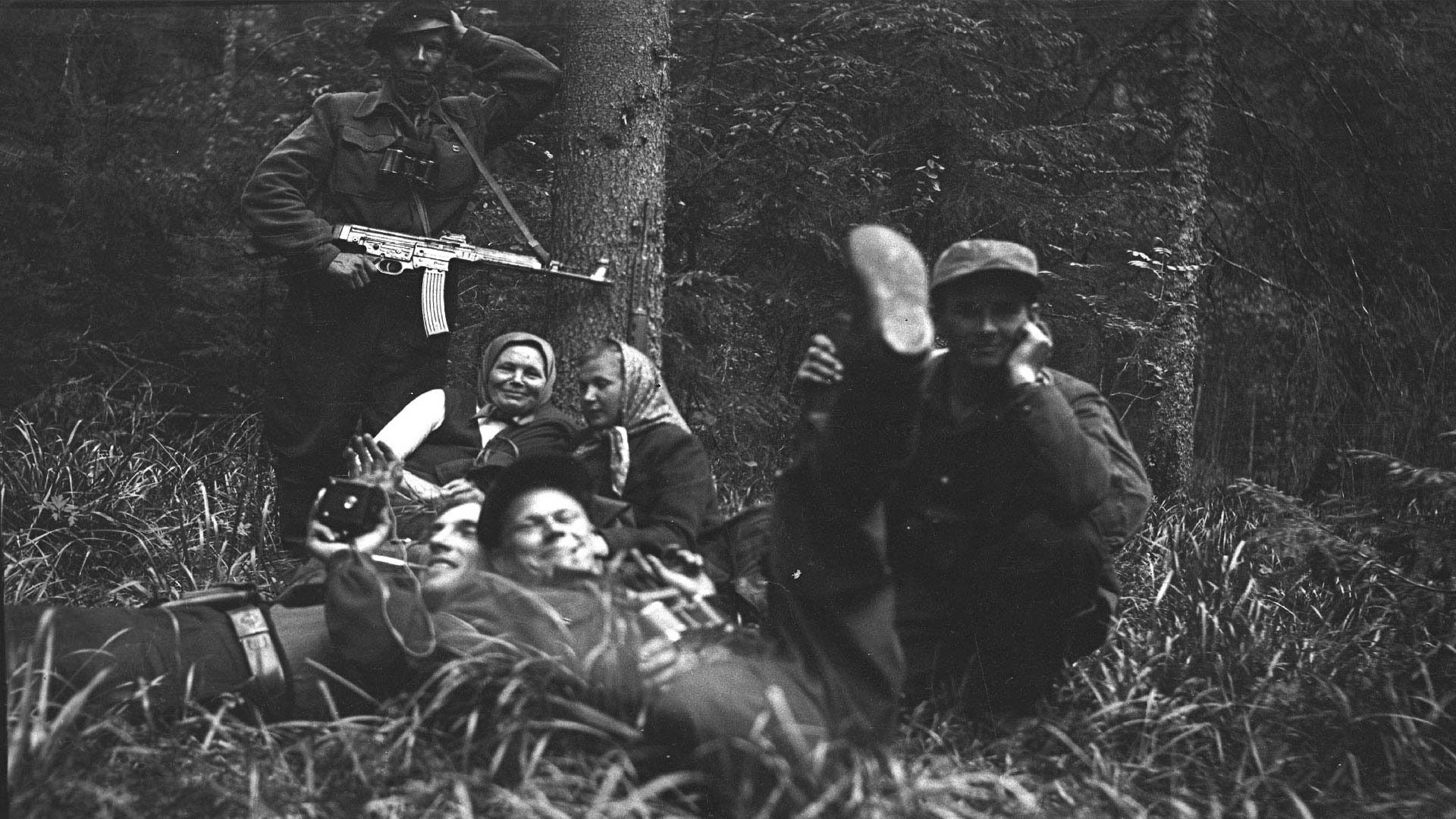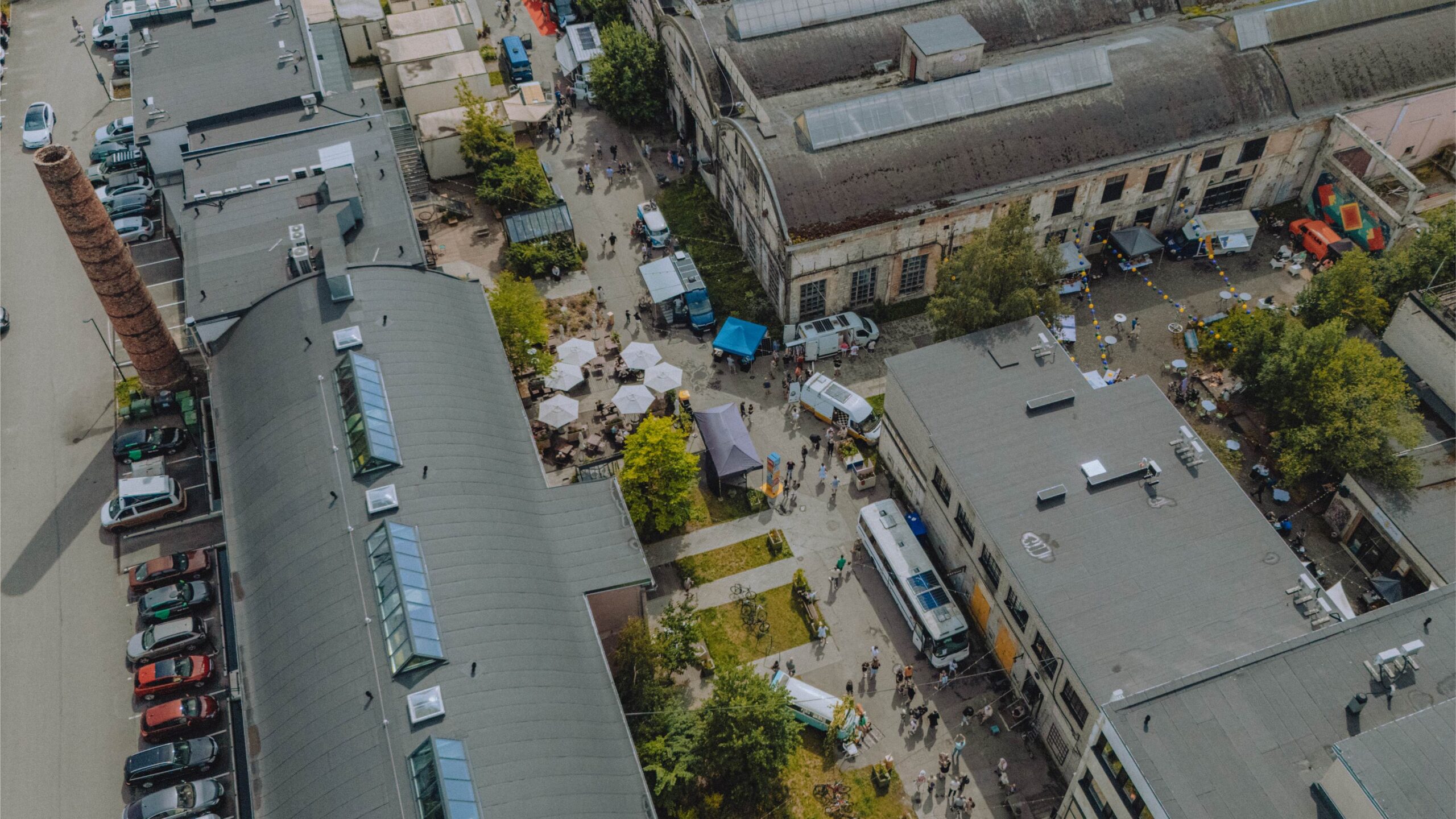In Estonia, the same word has long ago been sliced in two, like a yummy piece of tuuni/kala (tuna fish) for sushi. Here, oma kase means “one's own birch's”. As in the tree, Betula, birke, björk, kask, the eye-catching one with the white bark. Not koor (bark), but specifically TOHT, kase/toht.
Many Estonians tap maples (vaher, pl. vahtrad), but the art of boiling maple syrup is not widespread. People drink vahtra/mahl (maple sap) which starts to flow earlier, as well as kase/mahl straight, or they might add a splash of berry syrup or juice, or lemon. Kasemahl doesn't keep well, a week in the fridge at most, so you must either freeze it or leave it hapendama (to ferment), when it takes on a more acidic flavor. (Hapu = sour, hape = acid, hapendama = to ferment.) Hapendatuna (no connection to tuna here) is when it supposedly becomes a real power drink. Either way, it contains small traces of sugar, vitamins and minerals, and is specifically high in nutrients like magnesium and manganese.
In recent years, kasemahl has been added to many carbonated drinks and other products in Eesti and now the marketing of kasulik ja hõrk kase/siirup (healthy and delicious birch syrup) is also increasing, as it has been for a while in North America.
Dendrologist Olev Abner of Tallinna Botaanika/aed writes that puude TIKKAMINE – tapping trees for sap doesn't hurt them. The healthy tree's läbi/mõõt (diameter) should be upwards of 20 cm though and although the sap (up tp 15 litres on a warm day) stops flowing as soon as a birch begins to leaf out, plugging up the ca 8 mm wide and 5 cm deep hole you've drilled seems a common courtesy in return for the special beverage you've received.
Supposedly any species of birch can be tapped and yellow birches produce sap with the highest levels of antioxidants. Alas, yellow birch does not grow in Europe. But then, unlike any kask I've seen in Canada, in these parts, bark on the lower tüvi (trunk) of older kased gets tremendously furrowed, thick and grey. So much so, it gets a new name – korp / (adj.) korpas, and you would have trouble recognising it as a birch at eye level.
In the last century, a home's or farm's maja/hoidja puu (protective tree) was often a birch. Is Northern Birch Credit Union our oma kase pank?
Puude kallistajad (tree huggers) have for some reason been known to collect more omakase oma kase kasemahl. Ultimately, the “chef” decides how much and what s/he will offer.
Riina Kindlam, Tallinn






